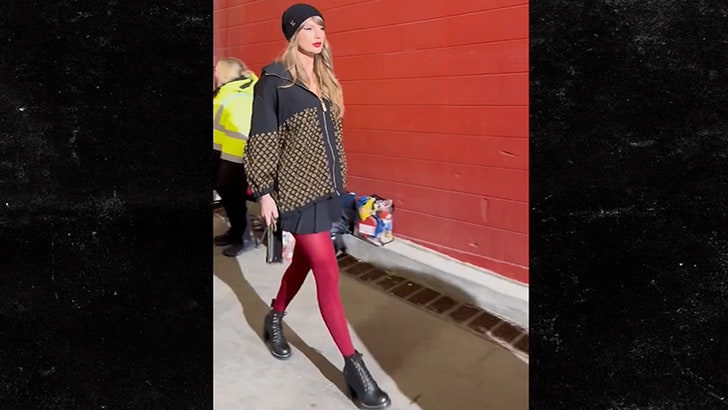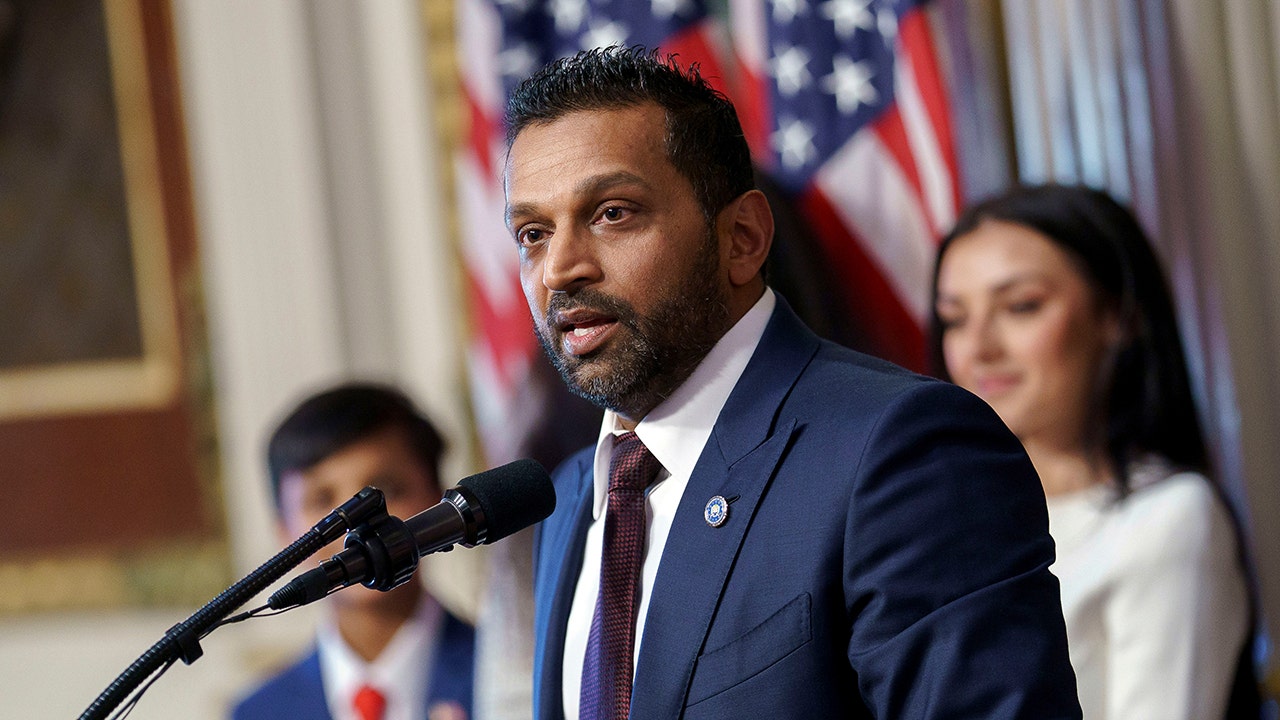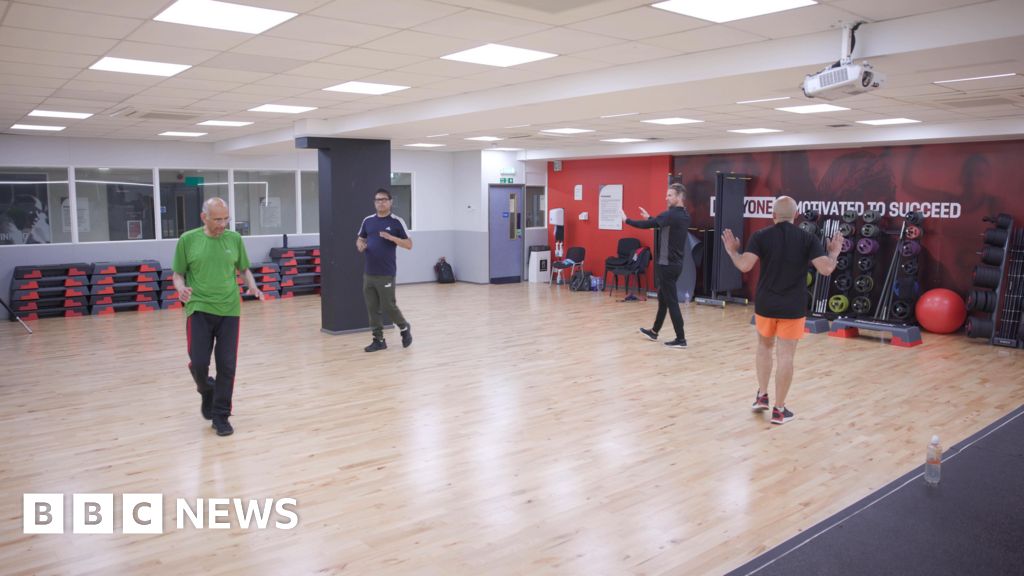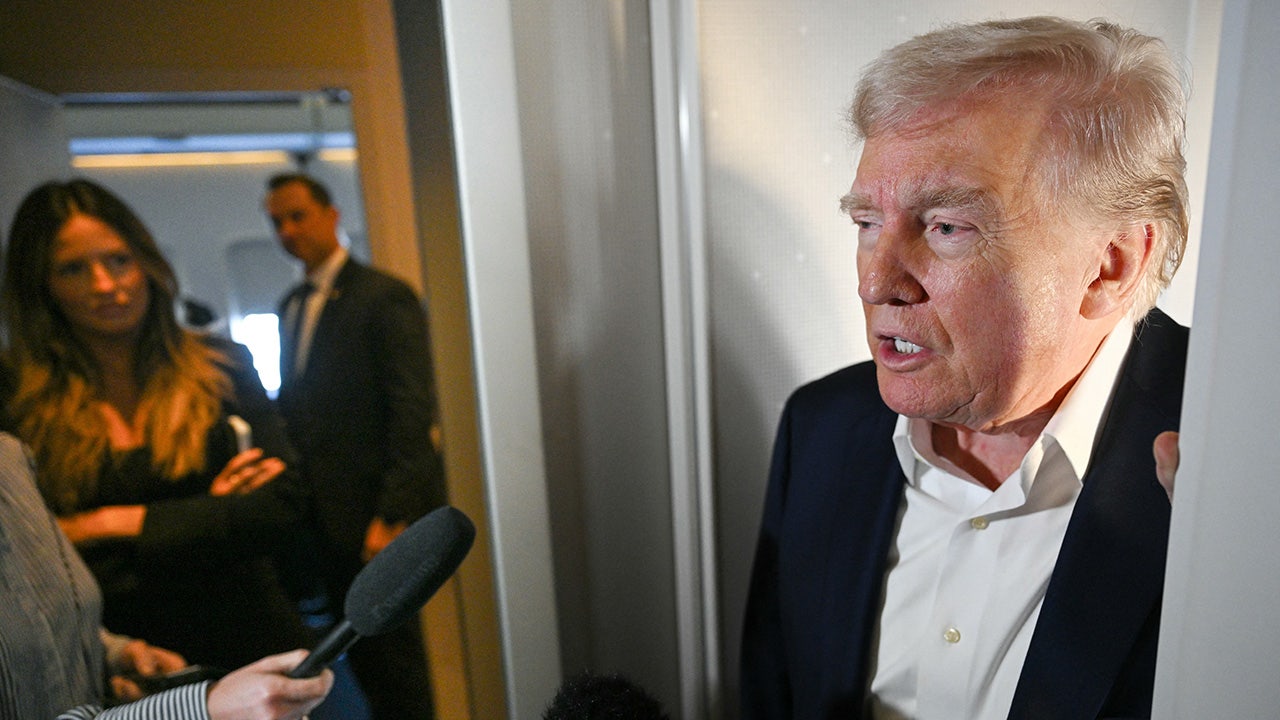Lifestyle
Taylor Swift Smothers Travis Kelce With Kisses After Chiefs Victory

Taylor Swift
Gives Travis A Huge Kiss On The Field …
After Chiefs Trounce Bills
Published
Taylor Swift celebrated the Kansas City Chief’s big victory over the Buffalo Bills by smothering boyfriend Travis Kelce — with kisses, that is!
The pop superstar dashed onto the field Sunday night at Arrowhead Stadium in Kansas City after the Chief’s beat the Bills 32-29 in the AFC Championship game — and she promptly grabbed Travis for a smooch session.
Taylor plants a huge kiss on the lips of the Chief’s star tight end while holding his head with both hands.

X/@McKenzieMNelson
Earlier Sunday … Taylor was captured on video arriving at the game with her mom, Andrea Swift. Of course, Taylor looked amazing in her bright red leggings, black boots and black and gold hooded sweatshirt.
Mom and famous daughter watched the game from a VIP suite with Travis’ mama Donna Kelce.
The three were all smiles as they rooted on the Chiefs, who are now set to play the Philadelphia Eagles in the Super Bowl on February 9. As you know, the Eagles destroyed the Washington Commanders 55-23 to claim the NFC Championship.

Rest assured, Taylor will be front and center for that game, too.

Lifestyle
Trump and ‘The Residence’ Share a Fixation on Water Pressure

This week, as the global economy struggled to adjust to whipsawing tariff policies, President Trump signed an executive order to address another national crisis: weak shower head pressure.
The order, aimed at reducing bureaucracy and regulation, reverses limits on how much water can pour out of a nozzle per minute, which were implemented by the Obama and Biden administrations in an attempt to conserve water.
Mr. Trump, while signing the order, noted that, in particular, he doesn’t appreciate that weak pressure hinders him from getting a good hair wash.
“In my case I like to take a nice shower, to take care of my beautiful hair,” he told reporters in the Oval Office on Wednesday. “I have to stand under the shower for 15 minutes until it gets wet. It comes out drip, drip, drip. It’s ridiculous.”
Weak shower pressure has been one of Mr. Trump’s longstanding pet peeves. But the whole thing may have sounded familiar — a little too familiar — for anyone who has been watching Netflix’s recent screwball mystery series, “The Residence,” in which President Perry Morgan, played by Paul Fitzgerald, has a similar pet peeve, with a White House usher explaining that he demands “pressure like a fire hose.”
As the White House staff tries to get the pressure right, President Morgan is vocally disappointed. “A rumor of a mist,” he declares after one attempt. At one point, NASA gets involved.
The Shondaland show, which features stars like Uzo Aduba, Giancarlo Esposito and Randall Park, revolves around a murder at the White House during a state dinner, unleashing a sprawling whodunit in the mansion, with details about the building and its history that are drawn heavily from Kate Andersen Brower’s nonfiction book, “The Residence: Inside the Private World of the White House.” It premiered last month and rocketed into Netflix’s top-10 most-watched shows.
The water pressure incident was a quirky scene that proved almost too prescient, and Paul William Davies, the writer and producer of the show, took some time on Friday to discuss how he finds the whole thing “thoroughly amusing.”
This show leverages the White House’s many rooms, secret passageways and quirky staffing details. How much of it is fact and fiction?
Obviously, the big picture part of it — the dead body in the White House — is 100 percent fiction. But, as much as I possibly could, I tried to draw on, or at least be inspired by, things that did actually happen that I thought were kind of fascinating. So I used quite a bit of stuff that Kate Brower had in her book — anecdotes, specific things about relationships or just incidents and so forth. And other things that I had found doing research outside of the book as well. So, there are a fair number of things in the show that I think people would be surprised to realize that they were actually rooted in some real White House history.
So is the shower scene based on fact?
It is. It’s based on a thing that happened with President Johnson, who was obsessed with his shower — both the water pressure and the water temperature. And when he moved into the White House, immediately after the Kennedy assassination, obviously, he became very fixated on the low water pressure. To the extent that, as Kate reports it, he threatened to leave, to move out of the White House and to move back to where he lived in Washington. And it was like a multiyear effort to kind of tackle the plumbing in the White House to achieve what he wanted, which was apparently unreal, like he wanted a fire hose.
There was one plumber who worked in the White House who did, at one point, bring in folks from outside, the Park Service and other federal entities, to see if they could work on the water pressure, and also had people leave the White House to go look at other buildings that he had been in to see if they could kind of replicate the systems.
Have you tested the water pressure at the White House?
I have not.
There’s just something about shower water pressure that feels so personal and relatable. It’s one of those things that reminds you, ‘Oh, presidents, they’re just like us.’
Yeah. I mean, it really does go to the fact that this is the home of the president. You know, it’s an old building — there’s lots of quirks to it, and the water pressure is certainly one of them. And to your point, it is very relatable because at the end of the day, that’s where somebody is living and waking up and going to bed and doing all the things that we all do in our places.
So what were your thoughts when you saw life imitating art in this way?
It made me laugh because I hadn’t really thought about the water pressure thing as being something that would come back up again. There are a couple of other things in the show: I have a scene between two senators where they talk about buying Greenland and also abolishing the Department of Education. Both of which have obviously come up as concepts in the last couple of months. And I’ve gotten a lot of people come to me saying, “Wait, when did you write this?”
But the shower thing kind of surprised me because it seemed like such a particular obsession of President Johnson’s that I didn’t expect to hear about it.
When did you write those references to Greenland and Department of Education?
A couple of years ago.
Wait — are you a clairvoyant?
Well, there’s a third thing in that speech about fracking under San Francisco — that’s the only one left. I haven’t heard anything about that.
OK, I want to get a little bit personal — what is the water pressure like in your house?
It’s terrible. It’s actually bad and I do appreciate a strong shower. I don’t think I would survive something like President Johnson’s, but somewhere between what I have in my house and President Johnson’s would probably be good.
This interview was edited and condensed for clarity.
Lifestyle
The Problem with Louis Vuitton’s Texas Factory

Lifestyle
She’s Young, Trump-Friendly, and Has a White House Press Pass

The waitress was pouring tap water. But Natalie Winters was quick to ask for bottled.
“No fluoride for our dear dinner guest!” she said, gesturing to me. “Only filtered water and pesticide-free limes.”
We were sitting in the back corner of Butterworth’s, a Capitol Hill bistro that has become a destination for friends and supporters of President Trump. Stephen K. Bannon, Ms. Winters’s current boss, has hosted private events there. Her former boss, Raheem Kassam, the editor in chief of The National Pulse, is an investor. The menu that night featured lamb tartare, oysters brûlée and pork cheeks.
Ms. Winters and I had met for dinner, or so I had thought. “Honestly,” she said, “I’m probably not going to eat because that’s my brand. I don’t eat at restaurants because I don’t like the seed oils that they use.”
At 24, Ms. Winters has been a White House correspondent since Jan. 28. She reports for Mr. Bannon’s “War Room” podcast, whose audience includes large swaths of the Republican base, high-level officials and the president himself.
She belongs to a group of journalists from conservative outlets who have taken on a new national prominence in recent months as they jostle for positions in the cramped James S. Brady Press Briefing Room. The White House press secretary Karoline Leavitt has described long-established news media organizations as increasingly irrelevant while accusing them of spreading “lies.”
The White House Correspondents’ Association, which includes journalists from dozens of outlets, has criticized the new administration’s handling of the press, saying it discourages independent reporting and gives priority to those who favor President Trump’s agenda. But the elevation of nontraditional outlets has been a good thing for Ms. Winters and some other journalists in the West Wing, including those representing Breitbart News and Lindell TV, the platform founded by the conspiratorial MyPillow salesman Mike Lindell.
When Ms. Winters is not seated beside Mr. Bannon in the basement studio of his townhouse near the Capitol, she is often reporting to the loyal “War Room” audience from outside the White House, delivering off-the-cuff monologues that pillory Democrats and, sometimes, her fellow reporters.
“It’s very gonzo, which I like,” she said. “I think of it as an I.Q. test every day.”
Ms. Winters describes herself as a “populist nationalist,” like Mr. Bannon. She says she “detests” more Republicans than she admires. She frequently attacks party leaders like Speaker Mike Johnson and usually supports Mr. Trump.
“Even though I agree with most of what Trump does,” Ms. Winters said, “it’s because I ideologically agree with him. Not because I am a cultist.”
She counts Mr. Bannon not only as her co-host and boss, but also as her mentor. When he went to federal prison last year for defying a subpoena from a congressional committee investigating the Jan. 6 riot, he entrusted her to host “War Room” in his absence.
Since Mr. Trump’s reascension, her profile has skyrocketed to the point where she says she is recognized in restaurants and airports. She says her parents have been surprised by her often combative onscreen persona.
“It’s such a different version of myself than I am in my day-to-day life,” she said, adding, “I don’t even recognize myself.”
Ms. Winters grew up in Santa Monica, Calif., the daughter of a physician father and a stay-at-home mother. She attended Harvard-Westlake, an elite prep school in Los Angeles, and was relatively apolitical until the 2016 campaign was underway.
Various school activities struck her as liberal-coded and performative. First it was a bake sale intended to raise awareness of the gender pay gap. “Just straight-up bogus,” Ms. Winters said. Then came the student walkout in protest of gun violence after the mass shooting at Marjory Stoneman Douglas High School in Parkland, Fla. “A school-sanctioned walkout,” she said. “What are you doing?”
Her only published piece in the high school paper was a letter to the editor in which she made the case for the confirmation of Brett Kavanaugh to the Supreme Court. It was not well received on the mostly liberal campus. Because of her conservative views in general and her support of Mr. Trump in particular, she was ostracized by her peers, she said.
“Maybe the trope that everything goes back to high school trauma is true,” she added.
During her senior year, after she learned she had gotten into the University of Chicago, she more or less stopped going to class. She skipped her high school graduation day because she was flying to Washington to start working as an intern for Mr. Kassam, who was then a “War Room” co-host. She also missed out on prom. “It was the best thing I ever did,” she said.
During her first year of college, Ms. Winters became a “War Room” staff writer. She frequently commuted to Washington instead of attending class. “My best friend from college is, like, Steve,” she said, referring to Mr. Bannon. As Covid spread across the globe, she made her first on-camera appearance.
“The pandemic’s really where she got her sea legs,” Mr. Bannon said in a phone interview. He used some baseball-scout lingo to describe Ms. Winters, calling her “a five-tool player.”
She has raised her visibility with her appearances on “Piers Morgan Uncensored,” a YouTube talk show hosted by the former CNN personality. “She is always a lively and provocative contributor, even if I don’t agree with many of her views,” Mr. Morgan said by text. But Ms. Winters insists she’d be happy spending her days sifting through federal databases.
“She’s essentially a nerd at heart,” Mr. Bannon said.
One of the biggest feuds on the right has been between Ms. Winters’s boss and Elon Musk, who, with the president’s blessing, has embedded himself within the federal government. At the height of the rift, Mr. Bannon called Mr. Musk a “truly evil person.” In response, Mr. Musk wrote on X: “Bannon is a great talker but not a great doer.”
The spat has put Ms. Winters in a unique position. Mr. Musk is one of her 630,000 followers on X, and he frequently reposts her. She has lauded him and his leadership of the Department of Government Efficiency.
“I think I’m the only person who could bring them together and get peace,” she said, laughing.
Ms. Winters may be a White House correspondent, but her job is not so much to cover Mr. Trump’s avalanche of executive actions as it is to report and comment on what she labels “opposition forces,” whether they be Democratic politicians, liberal organizations or major news outlets.
Hugo Lowell, a White House correspondent for The Guardian, said that Ms. Winters differs from other reporters on the beat because she is “vocal about her own political views and clearly infuses them into her coverage.”
“But she’s good on TV,” Mr. Lowell added, “and she has built up an audience with Trump’s base that translates to a degree of influence in a fragmented media ecosystem.”
Ms. Winters compared the White House briefing room to high school. “This is my first time in a professional setting where my MAGA royalty clout means nothing,” she said.
Her outsider status was confirmed when the National Press Club rejected her bid to become a member. Asked about the denial of Ms. Winters’s application, a spokesperson for the organization, which was founded in 1908 and has roughly 2,500 members, said: “Decisions are made in alignment with the standards of journalism we uphold. We do not publicly comment on individual applications out of respect for all involved.”
Many White House reporters affiliated with large news organizations do not talk to her, Ms. Winters said, and several of them contacted for this article declined to comment. But, ultimately, someone who has blasted much of the news media as “ground zero of left-wing opposition to Trump” was always going to be in for a chilly reception.
At Butterworth’s, true to her word, Ms. Winters had only bottled water during our three-hour talk.
She said she has had two drinks in her life and has never done drugs. She also has a budding lifestyle brand. Items for sale include a tank top with “More insecure than the border” plastered across the front and a tote that reads “A little conspiratorial.”
Her cable news network of choice is MSNBC, which she watches partly to generate material. She said that in another world she might have been a poetry professor. “I always joke — in my day-to-day life, I really am a lib at heart,” she said.
She also loved “Barbie” and agreed with the monologue delivered by America Ferrera, in which her character says, “It is literally impossible to be a woman.” But, Ms. Winters caveats, “It’s also really hard to be a man.” She added that scores of women younger than she had asked her not only for career advice but also for tips on how to be like her.
Like a growing Gen-Z contingent, she is “anti-app,” meaning dating apps. One day, she would like to settle down with a man she can be “submissive” to, she said. She added that she had been wronged in past relationships, which only stoked her ambitions.
“I was like, ‘I’m going to get revenge,” she said. “You can watch me on TV being the next big deal.’”
-

 News1 week ago
News1 week agoSupreme Court Rules Against Makers of Flavored Vapes Popular With Teens
-

 News1 week ago
News1 week agoNYC Mayor Eric Adams' corruption case is dismissed
-

 Technology1 week ago
Technology1 week agoHere’s how you can preorder the Nintendo Switch 2 (or try to)
-

 World1 week ago
World1 week ago‘A historic moment’: Donald Trump unveils sweeping ‘reciprocal’ tariffs
-

 Politics1 week ago
Politics1 week agoFBI flooded with record number of new agent applications in Kash Patel's first month leading bureau
-

 Business1 week ago
Business1 week agoAmazon Said to Make a Bid to Buy TikTok in the U.S.
-

 World1 week ago
World1 week agoCommission denies singling out NGOs in green funding row
-

 Health1 week ago
Health1 week agoFederal Health Workers Make Up Less Than 1% of Agency Spending














